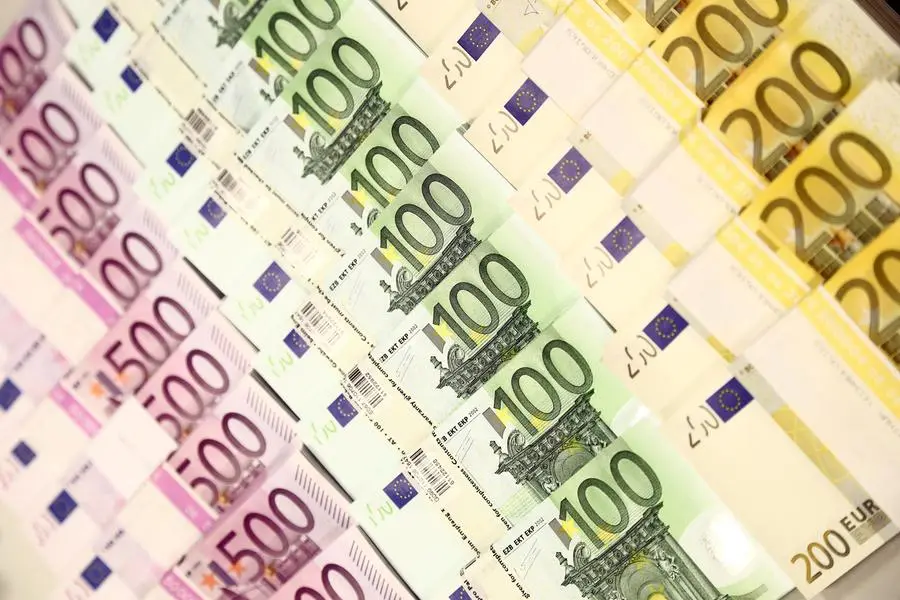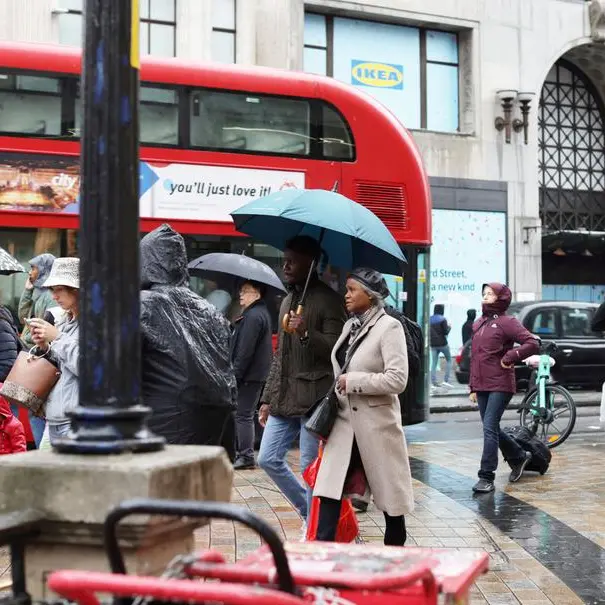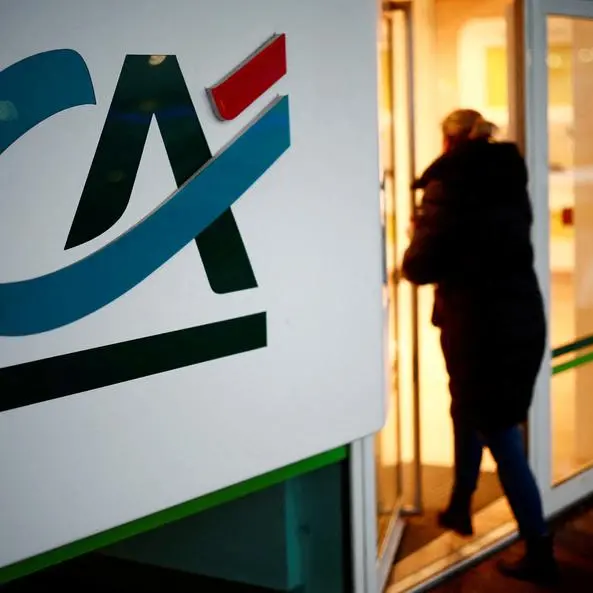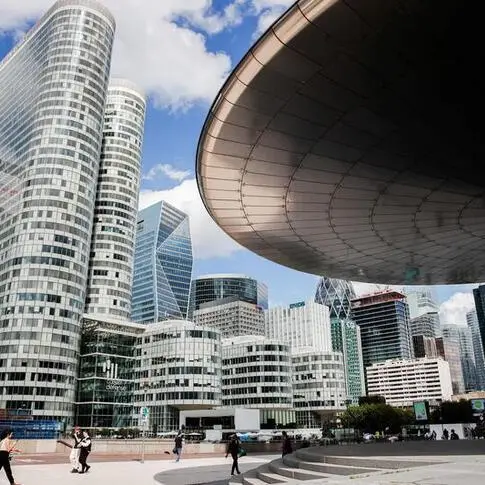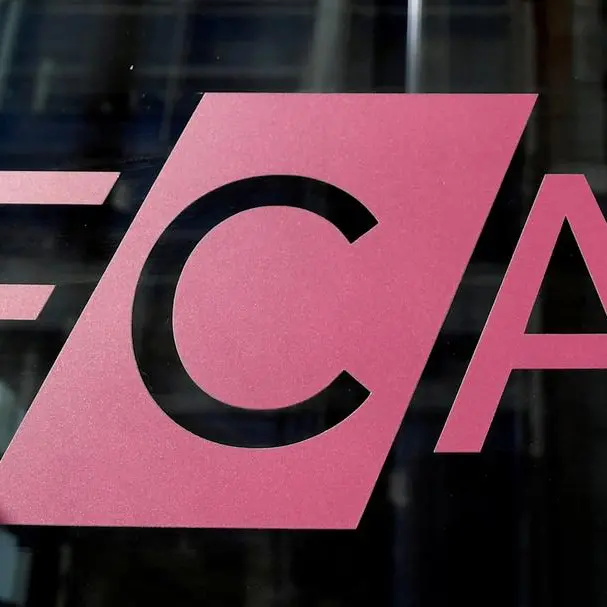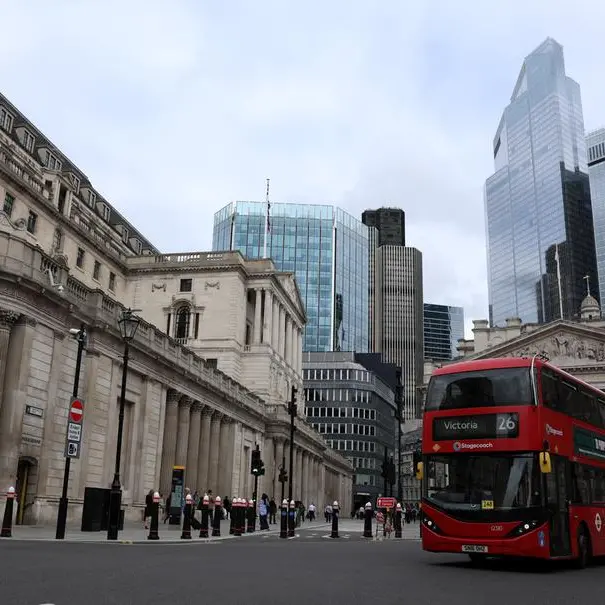PHOTO
Euro zone inflation unexpectedly edged up in July, data showed on Wednesday, although a widely watched gauge of price growth in the services sector eased.
Wednesday's figures did not seem to derail market expectations for an interest rate cut by the European Central Bank in September, but they were likely to strengthen concerns about a difficult last mile in the ECB's efforts to bring down inflation.
Price growth in the 20 countries that share the euro accelerated to 2.6% in July from 2.5% in June according to Eurostat's flash estimate.
A key measure of underlying growth in prices -- which excludes energy, food, alcohol and tobacco -- failed to show the expected decline and came in unchanged at 2.9%.
"It's a difficult print for the ECB," said Fabio Balboni, an economist at HSBC. "Disinflation on the goods side is coming to an end and services inflation remains high."
Still, Balboni stuck to his call for ECB cuts in September and December, as did investors in euro zone money markets, on expectations that inflation would eventually ease.
"I still expect a second rate cut to come in September," said Kyle Chapman, a foreign exchange markets analyst at Ballinger Group. "I don’t think it matters too much if we get the odd data point that’s slightly stronger than expected."
Euro zone inflation has fallen a long way since briefly hitting double digits in late 2022, when it had been boosted in large part by a brisker-than-expected reopening of the economy after the COVID-19 pandemic and more expensive fuel in the wake of Russia's invasion of Ukraine.
But that progress has stalled in recent months as prices in the services sector got a boost from higher salaries.
In a small, positive sign for the ECB, services' price growth eased to 4.0% from 4.1% in June as an expected boost from the Olympics in Paris failed to materialise, with some consumers balking at what they saw as price-gouging.
"This kind of pushback bodes well for the medium term inflation outlook," economists at ABN-Amro wrote in a note.
The ECB has made clear it would not be swayed by individual data points and will focus instead on the broader trend for inflation, which it expects to bounce around current levels this year before pulling back towards its 2% target in 2025.
The central bank started cutting rates last month, paused in July and is widely expected to slowly dial back over the next 1-1/2 years some of the steepest hikes it has made in its 25-year history.
(Reporting By Francesco Canepa Editing by Toby Chopra and Gareth Jones)
